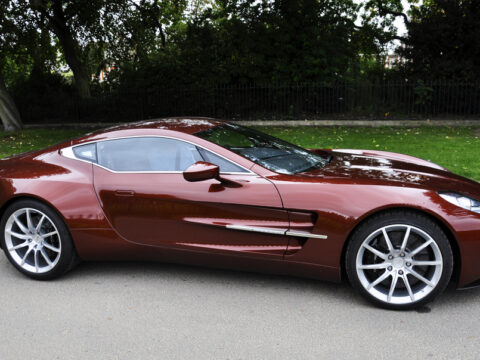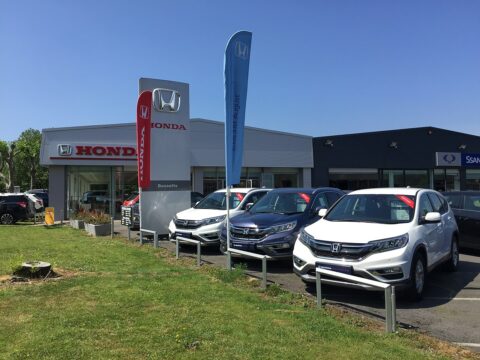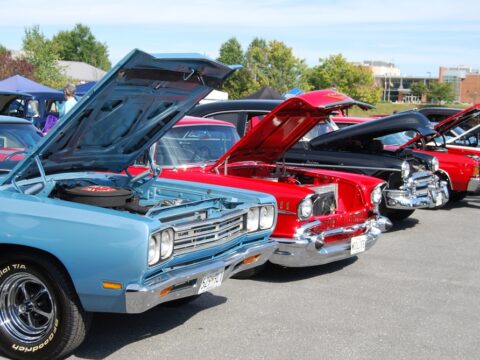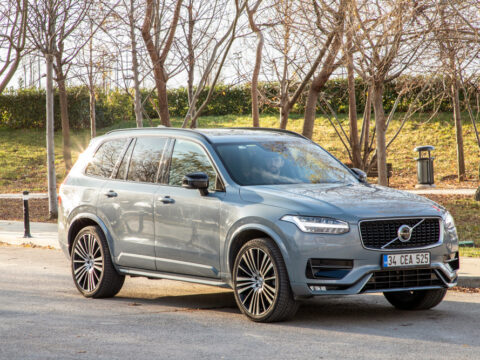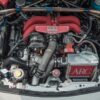Hybrid cars offer a blend of fuel efficiency and eco-friendliness that has made them a popular choice for many drivers. However, despite their benefits, hybrid vehicles come with a unique set of challenges that aren’t always apparent at first glance. While they promise lower emissions and reduced fuel costs, they also introduce certain inconveniences that can affect day-to-day driving, long-term maintenance, and overall practicality. These factors can sometimes make hybrid ownership less appealing for those who prioritize ease of use and performance.
From limited cargo space to sluggish acceleration, hybrid cars often trade traditional conveniences for their energy-saving technology. Whether it’s the higher upfront costs or the added weight of the battery packs, hybrid vehicles can leave drivers facing unexpected issues. For anyone considering making the switch to a hybrid, it’s important to understand these potential drawbacks to make an informed decision. While hybrids are great for reducing fuel consumption, their design often comes with compromises that may not suit every lifestyle.
Contents
Higher Initial Purchase Cost
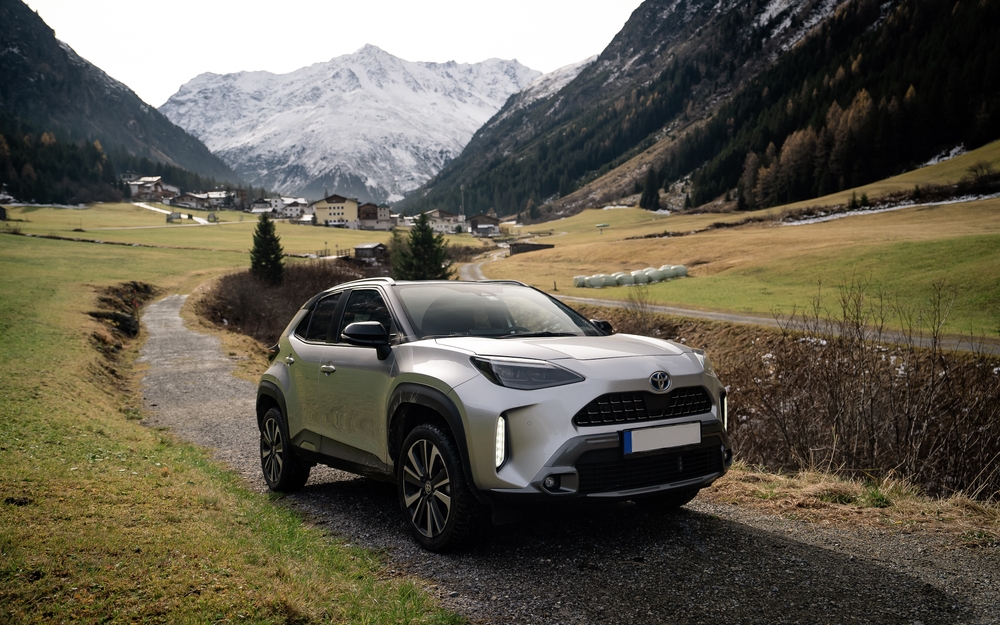
Hybrid cars are often more expensive than traditional gasoline-powered vehicles due to the complexity of their dual powertrains. The initial cost can be significantly higher, sometimes adding several thousand dollars to the purchase price. While long-term savings on fuel can offset this, the upfront expense can be a barrier for many buyers. For those who don’t drive enough miles annually to make up for the cost difference, the financial benefits may take several years to materialize. This higher price can also make hybrids less accessible to budget-conscious consumers.
Battery Degradation Over Time
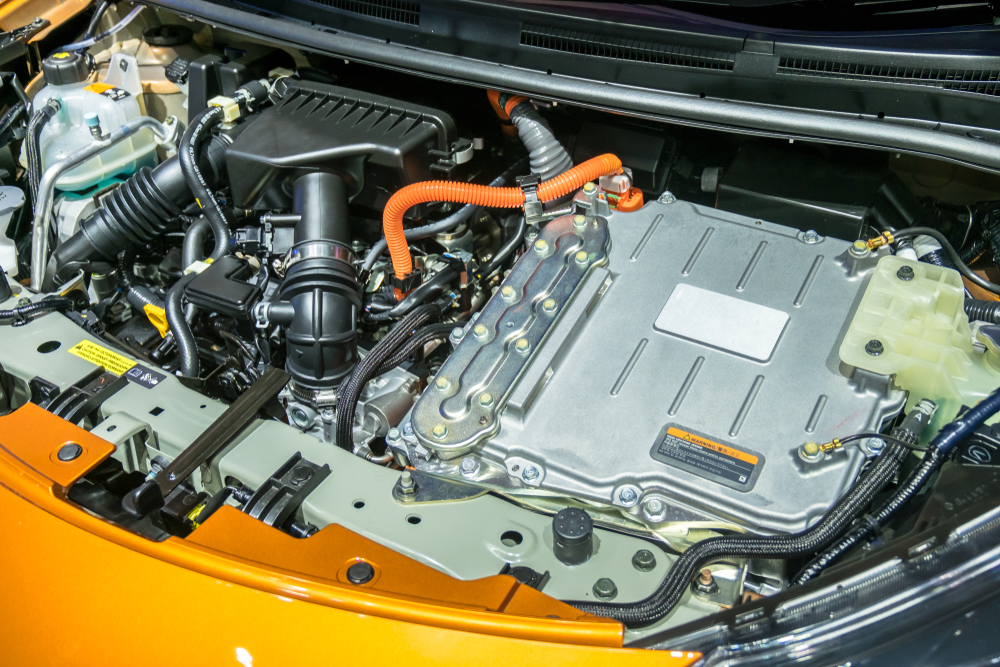
One of the major concerns for hybrid car owners is the degradation of the vehicle’s battery over time. Although hybrid batteries are designed to last several years, their efficiency decreases as they age. This decline can result in lower fuel economy and shorter electric-only driving ranges. Eventually, replacing the battery can become necessary, which is a costly repair that can run into the thousands of dollars. While warranties often cover batteries for the first few years, long-term owners may face expensive out-of-pocket replacements down the line.
Reduced Trunk and Cargo Space
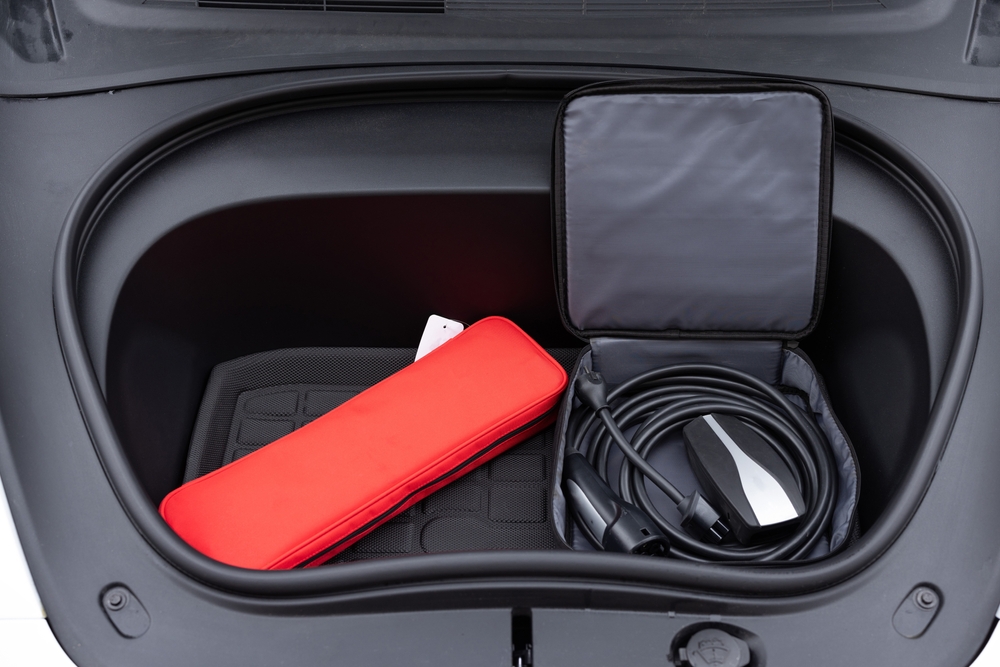
The large battery packs required to power hybrid cars often take up valuable space in the trunk, resulting in less cargo capacity compared to traditional gasoline vehicles. This can be particularly inconvenient for families or individuals who frequently travel with luggage, sporting equipment, or other large items. Even in hybrid SUVs, the presence of the battery can encroach upon the overall storage space, limiting the vehicle’s practicality for hauling cargo. The smaller trunks can be a dealbreaker for those needing ample room for road trips or daily errands.
Heavier Weight
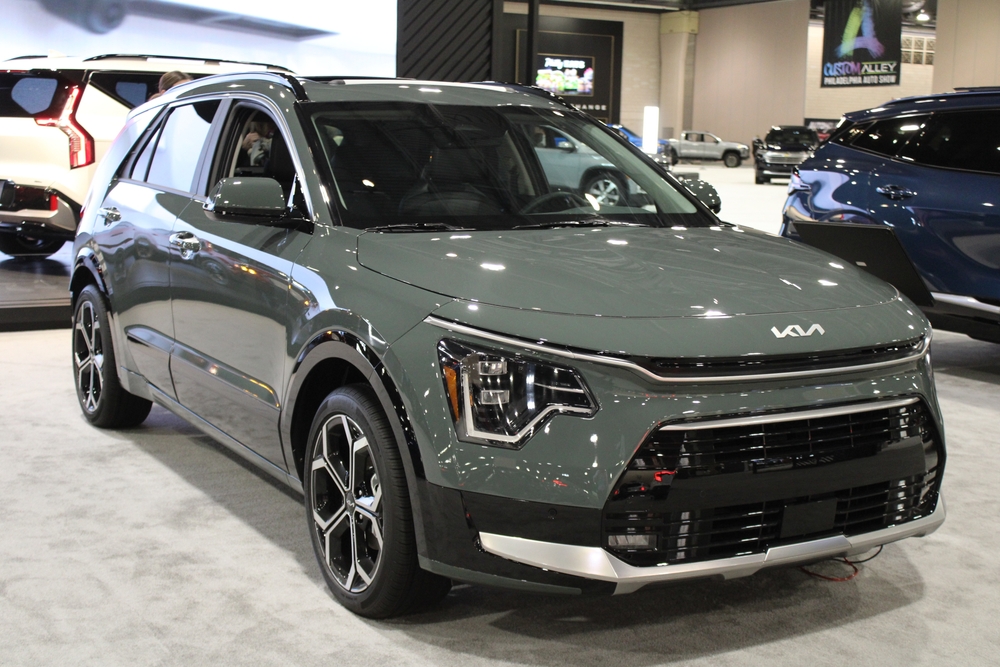
Hybrid cars tend to weigh more than their gasoline counterparts due to the presence of both an internal combustion engine and a heavy battery pack. This added weight can negatively affect the vehicle’s handling, making it feel less agile on the road. In some cases, the extra weight also impacts acceleration, causing hybrids to feel sluggish when compared to lighter, gasoline-powered cars. The increased mass can also reduce the vehicle’s overall fuel efficiency, particularly during highway driving where the electric motor is less active.
Inconsistent Real-World Fuel Economy

While hybrids are marketed for their fuel efficiency, many drivers find that their real-world fuel economy doesn’t match the impressive numbers advertised. In stop-and-go city driving, hybrids tend to shine because they can rely more on the electric motor. However, on highways or longer trips, where the gasoline engine takes over more frequently, fuel economy can drop significantly. The electric motor’s benefits diminish at higher speeds, meaning the fuel savings aren’t always as substantial for drivers who frequently travel on highways or open roads.
Complex and Expensive Maintenance
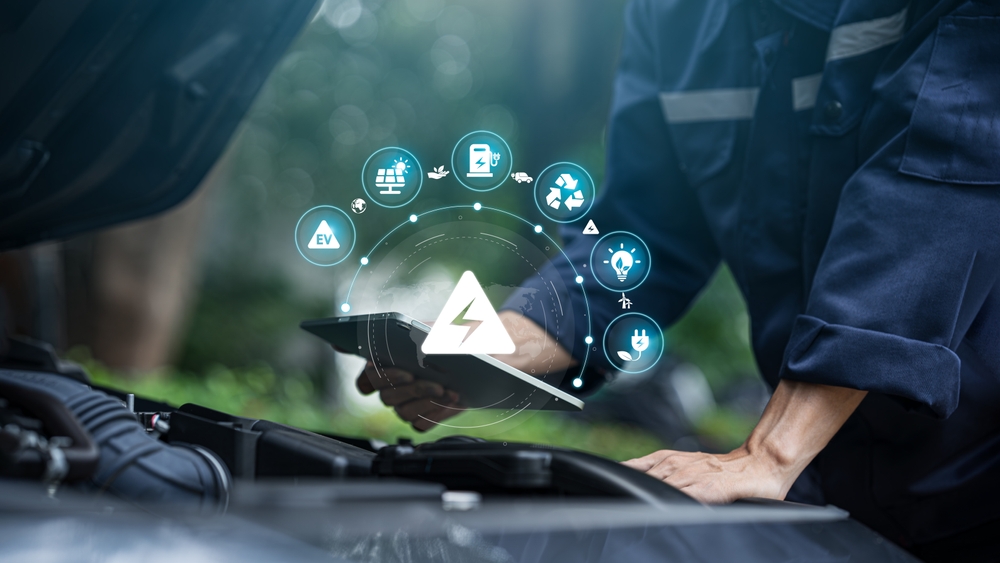
Maintaining a hybrid vehicle can be more complicated than servicing a traditional car due to its dual powertrain system. While routine maintenance like oil changes remains the same, issues with the hybrid system may require specialized mechanics or trips to the dealership. These repairs can be more expensive because hybrid technology is more complex and fewer mechanics are trained to handle both gasoline engines and electric motors. Additionally, hybrid-specific components, such as the battery cooling system, can require costly repairs if they malfunction.
Limited Electric-Only Driving Range
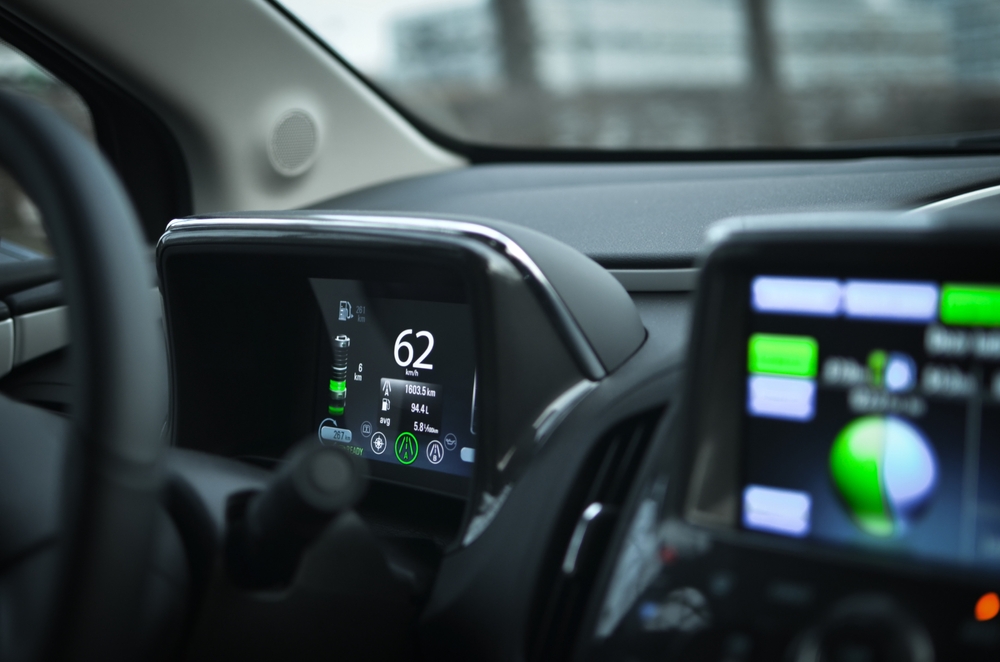
For hybrid owners hoping to drive primarily on electric power, the limited electric-only range can be disappointing. Most hybrid cars can only travel short distances – often less than 50 miles – on electric power alone. After the battery is depleted, the gasoline engine takes over, reducing the fuel savings potential. Plug-in hybrids (PHEVs) typically have longer electric ranges than standard hybrids, but even these are usually not sufficient for long trips, making them less practical for those who wish to reduce their reliance on gasoline entirely.
Limited Towing Capacity
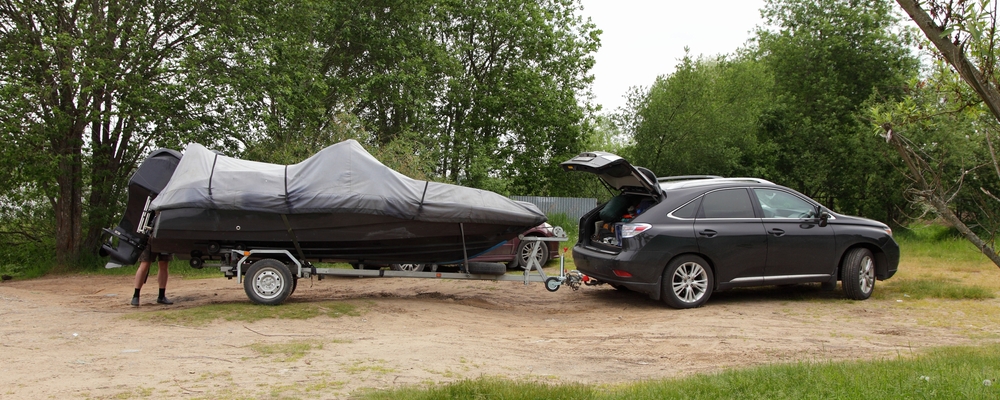
Hybrid vehicles typically have lower towing capacities compared to their gasoline-powered counterparts. The reason lies in their focus on efficiency and lighter components to maximize fuel savings. This makes hybrids less suitable for owners who need to tow trailers, boats, or other heavy equipment. The electric motor and battery system adds weight but not necessarily the power needed for towing, limiting the vehicle’s capability. For drivers seeking versatility in both towing and efficiency, hybrids may fall short.
Sluggish Acceleration and Driving Experience
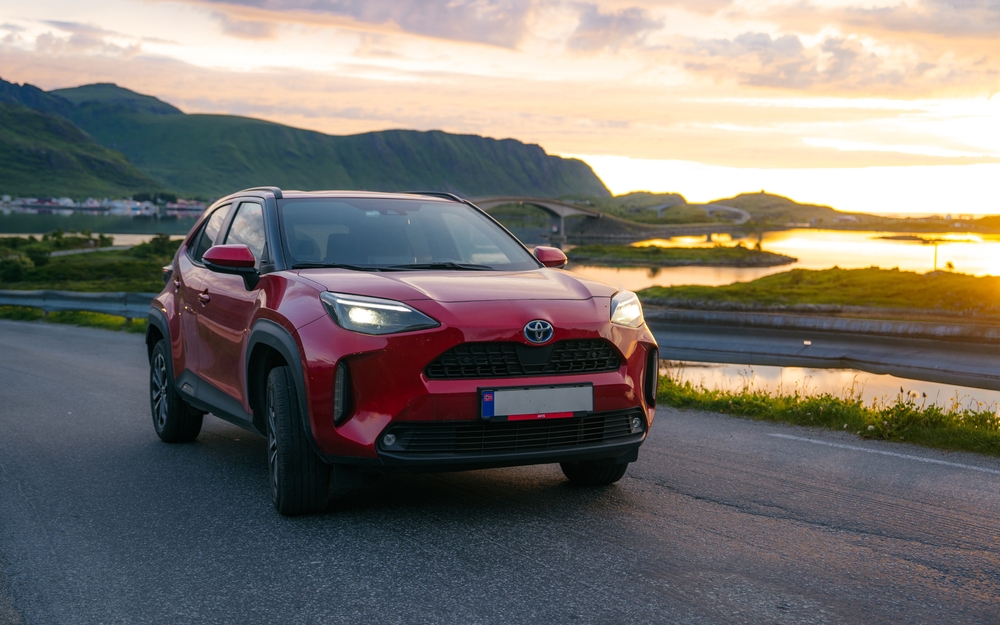
While hybrids are designed to be fuel-efficient, this often comes at the cost of performance. Many hybrid models have less responsive acceleration compared to gasoline vehicles. This sluggishness is due to the need to balance power between the electric motor and gasoline engine, which can result in slower starts and less thrilling driving dynamics. Drivers who prioritize performance, speed, and responsiveness may find hybrid cars underwhelming, particularly when merging onto highways or accelerating from a standstill.
Charging Infrastructure Challenges for Plug-In Hybrids
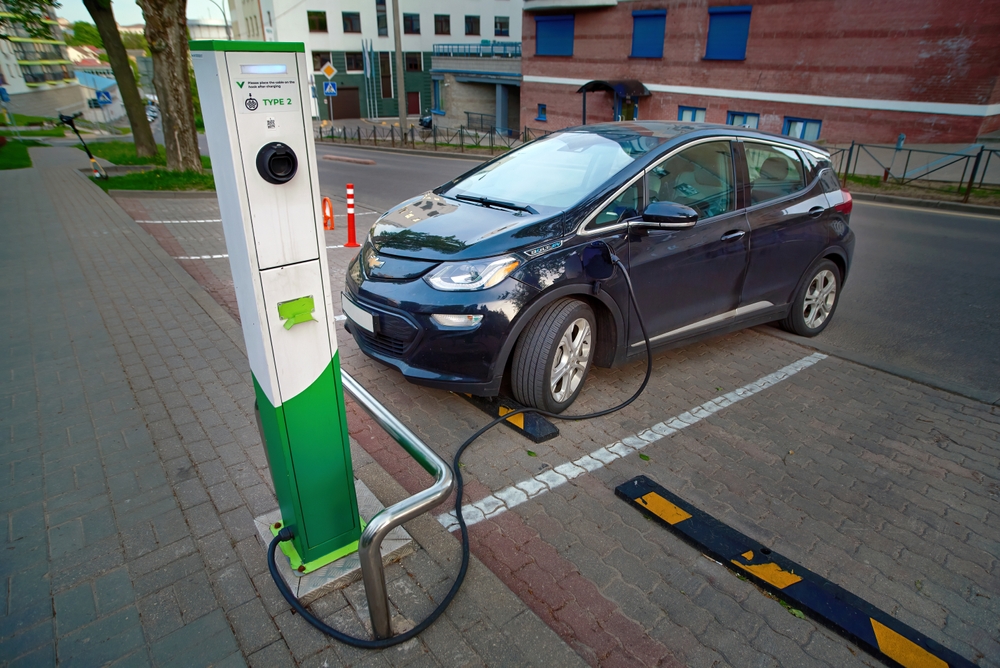
For those who opt for plug-in hybrid electric vehicles (PHEVs), one of the biggest inconveniences is the limited availability of charging stations, especially in rural or less urbanized areas. While the gasoline engine can take over when the battery is depleted, maximizing the fuel savings and environmental benefits of a PHEV requires regular charging. However, public charging infrastructure is still developing, and charging at home may require installing a specialized charger, which adds cost and may not be feasible for apartment dwellers.
This article originally appeared on MyCarMakesNoise.
More from MyCarMakesNoise
20 Classic Pickup Trucks with Unstoppable Inline-Six Engines

Classic pickup trucks equipped with inline-six engines are renowned for their durability, simplicity, and power. These engines, known for their smooth operation and impressive torque, made these trucks ideal for heavy-duty tasks while maintaining reliability on the road. Read More.
15 Least Fuel-Efficient Cars Ever Produced

Certain automobiles are renowned for prioritizing raw power and luxury over fuel efficiency. Equipped with massive engines and designed for high performance or ultimate comfort, these vehicles exemplify significantly higher fuel consumption. Read More.
20 Discontinued Diesel Cars That Should Return to the Market

Diesel cars have long been celebrated for their fuel efficiency, torque, and durability, but over the years, many models have been discontinued despite their loyal followings. These vehicles offered a unique driving experience, combining power with economic fuel consumption. Read More.

